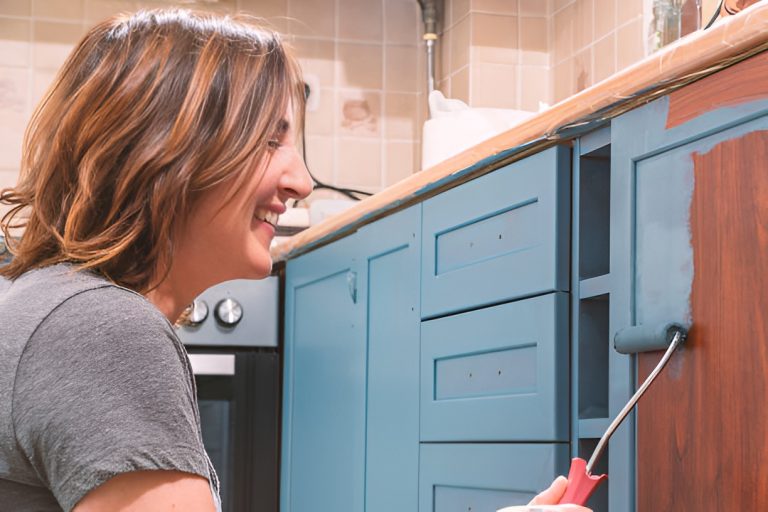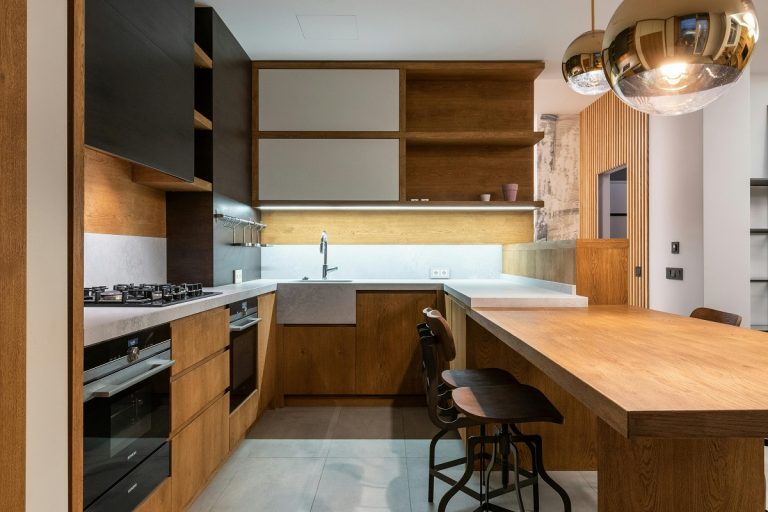

Creating a home environment that is inclusive and accessible for loved ones with disabilities is not only a matter of convenience but also a gesture of love and support. By making thoughtful modifications, you can transform your living space into a haven where everyone can thrive, regardless of their abilities. Here are some key points to consider when making your home accessible:
- Evaluate Your Space: Take a walkthrough of your home and identify areas that may pose challenges for individuals with disabilities. Pay attention to entryways, bathrooms, kitchens, and bedrooms.
- Modify Entryways: Install ramps with gentle slopes and non-slip surfaces. Widened doorways (at least 32 inches wide) can comfortably accommodate wheelchairs.
Consider adding an automatic door opener to further enhance accessibility, allowing for easy entry and exit without the need to manually open the door.
- Bathroom Modifications: Consider installing grab bars near the toilet and in the shower, replacing tubs with roll-in showers, and lowering sinks for wheelchair accessibility.
- Kitchen Accessibility: Lower countertops and sinks, install pull-out shelves and drawers for easy reach, and opt for lever-style faucets for effortless use.
- Bedroom Comfort: Prioritize comfort and accessibility by using adjustable beds for personalized positioning. Ensure that light switches and electrical outlets are within reach, and consider ceiling lifts for transferring to and from the bed.
- Safety Measures: Install smoke detectors, carbon monoxide detectors, and fire extinguishers. Remove tripping hazards, secure rugs, and tuck away electrical cords.
By implementing these modifications and seeking professional guidance if needed, you can create a safe and welcoming environment for your loved ones with disabilities. Your efforts will not only enhance their quality of life but also strengthen the bond within your family.
.



